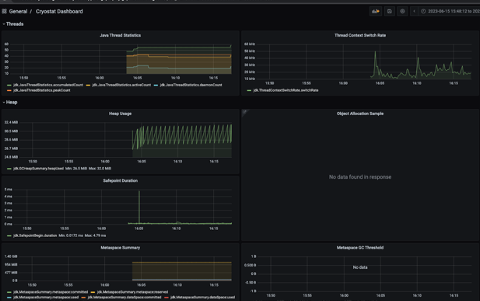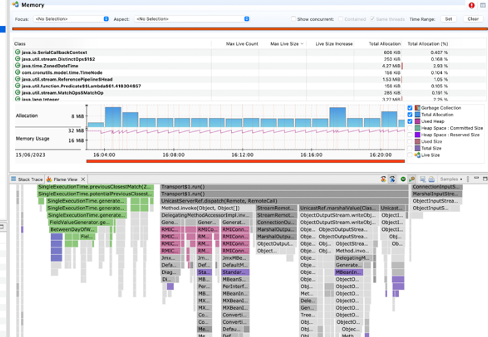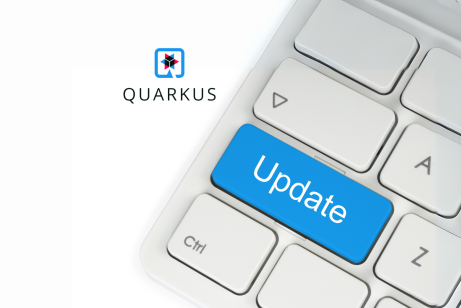[Application]: Krrk…Base Station, this is Spaceship, do you copy? Over. Krrk…
[Tempel]: Schhks… Spaceship, we read you. Over. Shshkrr…
[Application]: Krrk… We’re experiencing an issue with one of our engines. Over. Krrk…
[Tempel]: Schhks… Understood, Spaceship. Let’s see what’s causing this slowdown. We’ll initiate a Java Flight Recording remotely using Cryostat to get to the root of the problem. Please stand by. Over. Shshkrr…
[Application]: Krrk… Copy that, Base Station. We’re standing by. Over. Krrk…
[Tempel]: Shshkrr… Copy, Spaceship. We’ll inform you once we have some results. Over. Schhks…
[Application]: Krrk… Standing by, Base Station. Over. Krrk…
[Tempel]: Shshkrr… Spaceship, our analysis of the Java Flight Recording data points to a function with double nested loops causing the performance issue. We recommend refactoring this function to reduce the time complexity. Over. Schhks…
[Application]: Krrk… Copy that, Base Station. We will initiate the refactor. Over. Krrk…
[Tempel]: Shshkrr… Understood, Spaceship. Let us know if you need further assistance. Over. Schhks…
[Application]: Krrk… Thank you, Base Station. Over and out. Krrk…
Imagine you’re the commander of this base station, applications call in for running slow. Every feature has new slowdowns, and you want to observe how your application performs.







